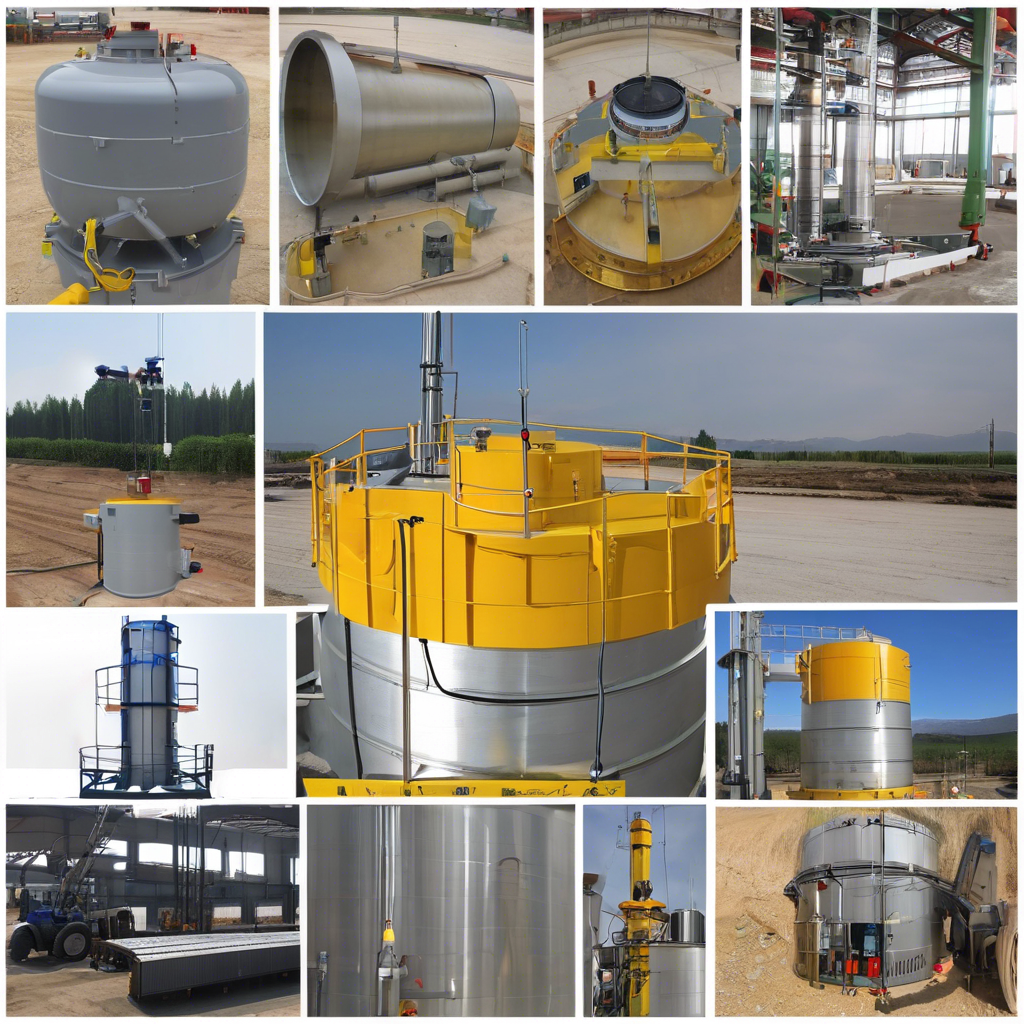Ultrasonic Silo Level Sensor technology has revolutionized the way industries monitor and manage their inventory. These advanced sensors provide accurate and real-time data on the level of material stored in silos, tanks, and containers, helping businesses streamline their operations and improve efficiency. In this article, we will delve into the workings of ultrasonic silo level sensors, their benefits, applications, and how they are shaping the future of industrial automation.
Ultrasonic silo level sensors utilize high-frequency sound waves to measure the distance between the sensor and the material surface. The sensor emits ultrasonic pulses that travel towards the material and bounce back to the sensor, calculating the time taken for the sound waves to return. This data is then converted into a level measurement, providing precise information on the amount of material present in the silo.
One of the key advantages of ultrasonic silo level sensors is their non-contact measurement technology. Unlike traditional methods that require physical contact with the material, ultrasonic sensors can measure levels from a distance, eliminating the need for direct contact and reducing the risk of contamination or damage to the sensor.
The versatility of ultrasonic silo level sensors makes them ideal for a wide range of industries and applications. From agriculture and food processing to chemical manufacturing and wastewater treatment, these sensors can effectively monitor various types of materials, including liquids, powders, and granular substances.
In addition to their accuracy and reliability, ultrasonic silo level sensors offer easy installation and maintenance. With simple mounting procedures and minimal calibration requirements, businesses can quickly integrate these sensors into their existing systems and start benefiting from real-time level monitoring.
Furthermore, ultrasonic silo level sensors are equipped with advanced features such as temperature compensation, self-cleaning capabilities, and remote monitoring options. These functionalities enhance the performance and efficiency of the sensors, ensuring consistent and accurate level measurements even in challenging operating conditions.
The data collected by ultrasonic silo level sensors can be transmitted to control systems, PLCs, or cloud-based platforms for real-time monitoring and analysis. This information enables businesses to make informed decisions regarding inventory management, production planning, and preventive maintenance, leading to cost savings and operational improvements.
With the rise of Industry 4.0 and automation technologies, ultrasonic silo level sensors play a crucial role in enabling smart manufacturing processes. By integrating these sensors with IoT devices and analytics software, industries can achieve greater control and visibility over their operations, optimizing resource utilization and enhancing productivity.
Moreover, the remote monitoring capabilities of ultrasonic silo level sensors allow businesses to access critical data from anywhere, at any time. This real-time visibility enables proactive decision-making, rapid response to changing conditions, and improved overall efficiency in inventory management and logistics.
The durability and robustness of ultrasonic silo level sensors make them suitable for harsh environments and challenging industrial settings. Whether in extreme temperatures, dusty conditions, or corrosive atmospheres, these sensors maintain reliable performance and accurate measurements, ensuring uninterrupted operation and minimal downtime.
In conclusion, ultrasonic silo level sensors represent a cutting-edge technology that is transforming the way industries monitor and manage their inventory. With their precision, reliability, and advanced features, these sensors are driving efficiency, productivity, and cost savings across a wide range of applications. As businesses continue to embrace automation and digitalization, ultrasonic silo level sensors will play a pivotal role in shaping the future of industrial operations.
